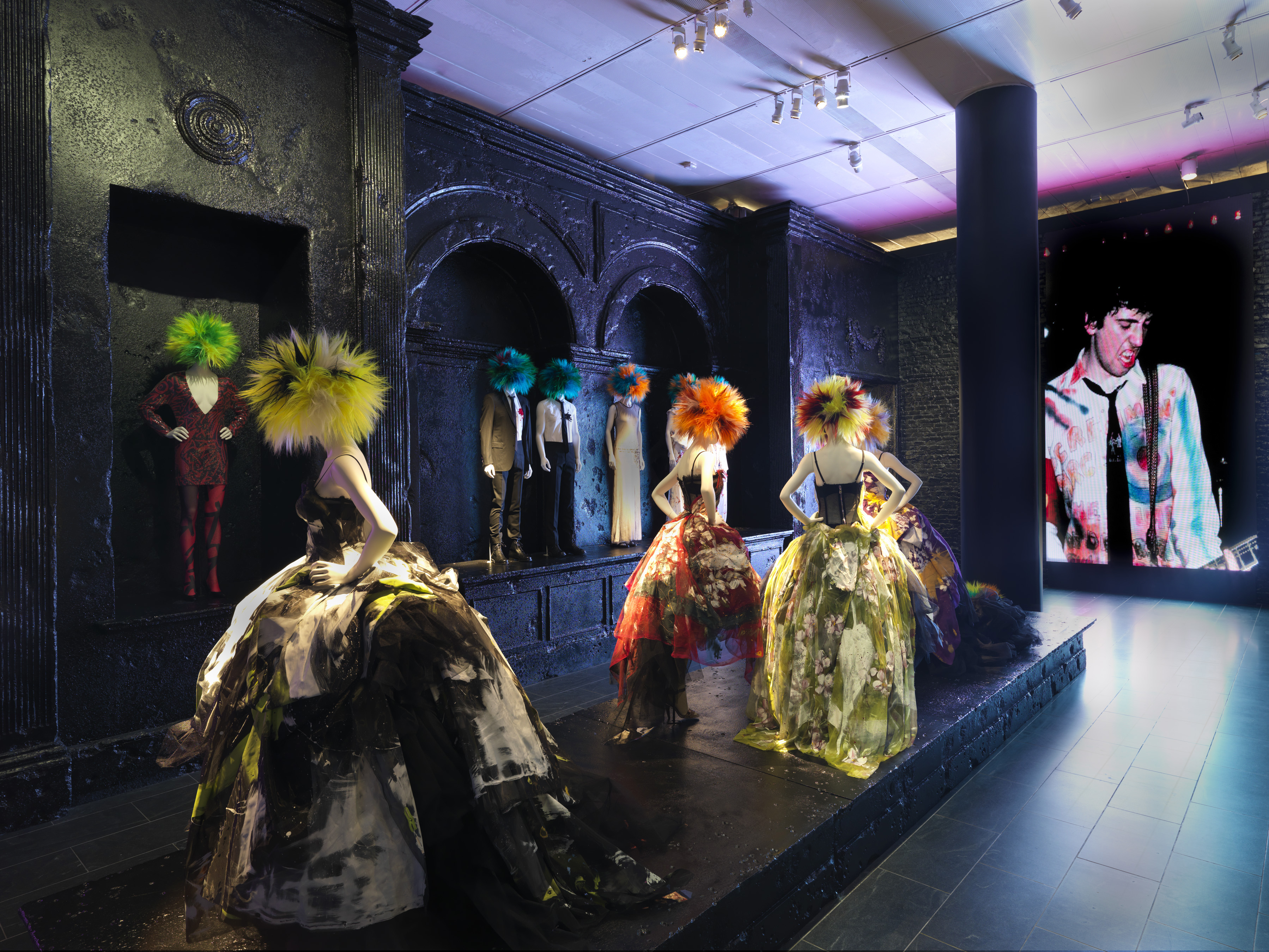
PUNK: Chaos to Couture, organized by The Costume Institute of The Metropolitan Museum of Art, examines punk’s impact on high fashion from the movement’s birth in the 1970s through its continuing influence today. The exhibition is on view from May 9, 2013 through August 14, 2013 at the Museum.
“Punk’s signature mixing of references was fueled by artistic developments such as Dada and postmodernism,” said Thomas P. Campbell, Director and CEO of The Metropolitan Museum of Art, “so it makes sense to present this exhibition in a museum that also shows the broader output of those movements. Indeed, that dialogue between art and fashion is what makes The Costume Institute so singular. Projects like this don’t happen without sponsorship, and we greatly appreciate the generosity of Moda Operandi, and its co-founders Áslaug Magnúsdóttir and Lauren Santo Domingo.”
The Costume Institute of The Metropolitan Museum of Art
1000 5th Ave, New York, NY 10028
Iris and B. Gerald Cantor Exhibition Hall
May 9 – August 14, 2013
THE EXHIBITION
The exhibition, in the Museum’s second-floor Cantor galleries, features approximately 100 designs for men and women. A few iconic punk garments from the mid-1970s are juxtaposed with recent, directional fashion to illustrate how haute couture and ready-to-wear have borrowed punk’s visual symbols, with paillettes being replaced with safety pins, feathers with razor blades, and bugle beads with studs. Focusing on the relationship between the punk concept of ‘do-it-yourself’ and the couture concept of ‘made-tomeasure,’ the exhibition is organized around the materials, techniques, and embellishments associated with the anti-establishment style. Presented as an immersive multimedia experience, the clothes are animated with vintage videos and soundscaping audio techniques.
Organized thematically, each of the seven galleries has footage of designated punk ‘heroes’ who embody the broader concepts behind the fashions on view. The first gallery is devoted to CBGB in New York City, represented by Blondie, Richard Hell, The Ramones, and Patti Smith. Opposite is a gallery inspired by Malcolm McClaren and Vivienne Westwood’s Seditionaries boutique at 430 King’s Road in London, and between the two is Clothes for Heroes, embodied by a slow motion video of Jordan. This gallery examines designers who extend the visual language of punk, as it was originally articulated by McLaren and Westwood, by merging social realism with artistic expression.
Do-it-yourself, punk’s enduring contribution to high fashion, is explored in the four final galleries: D.I.Y. Hardware, focusing on couture’s use of studs, spikes, chains, zippers, padlocks, safety pins, and razor blades, with Sid Vicious as its icon; D.I.Y. Bricolage, highlighting the impact of punk’s ethos of customization on high fashion, including the use of recycled materials from trash and consumer culture, as epitomized by Wayne County; D.I.Y. Graffiti and Agitprop, exploring punk’s tradition of provocation and confrontation through images and text exemplified by The Clash; and D.I.Y. Destroy, examining the effect of punk’s rip-it-to-shreds spirit, typified by Johnny Rotten, via torn and shredded garments associated with deconstructionism.
Designers in the exhibition include Miguel Adrover, Thom Browne, Christopher Bailey (Burberry), Hussein Chalayan, Francisco Costa (Calvin Klein), Christophe Decarnin (Balmain), Ann Demeulemeester, Dior, Domenico Dolce and Stefano Gabbana (Dolce and Gabbana), John Galliano, Nicolas Ghesquière (Balenciaga), Katharine Hamnett, Viktor Horsting and Rolf Snoeren (Viktor & Rolf), Christopher Kane, Rei Kawakubo (Comme des Garçons), Karl Lagerfeld (Chanel), Helmut Lang, Martin Margiela, Malcolm McLaren, Alexander McQueen, Franco Moschino and Rossella Jardini (Moschino), Kate and Laura Mulleavy (Rodarte), Miuccia Prada, Gareth Pugh, Zandra Rhodes, Hedi Slimane (Saint Laurent), Stephen Sprouse, Jun Takahashi (Undercover), Riccardo Tisci (Givenchy), Gianni Versace, Junya Watanabe, Yohji Yamamoto, and Vivienne Westwood.
The exhibition is organized by Andrew Bolton, Curator, in the Met’s Costume Institute. Photographer Nick Knight is the exhibition’s creative consultant working with exhibition design consultant Sam Gainsbury (who was creative director for the Met’s Alexander McQueen: Savage Beauty exhibition in 2011) and production designer Gideon Ponte (a set and production designer for photo shoots and feature films including Buffalo 66 and American Psycho). All mannequin head treatments and masks are designed by Guido Palau, who also created treatments for Alexander McQueen: Savage Beauty and last year’s Schiaparelli and Prada: Impossible Conversations.
The Museum’s website, www.metmuseum.org/punk, features special, in-depth features on the exhibition.
Text and photographs courtesy of The Metropolitan Museum of Art.





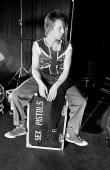
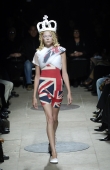
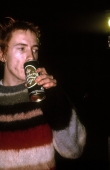
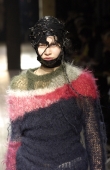
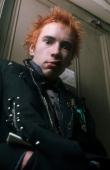
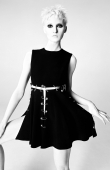
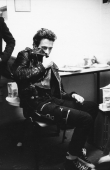
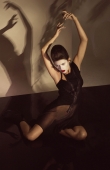
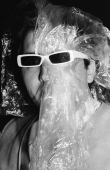
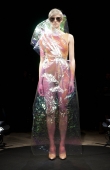

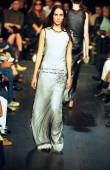
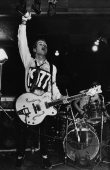
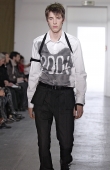
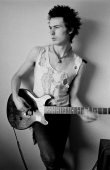

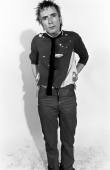
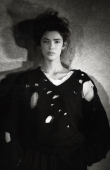
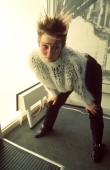

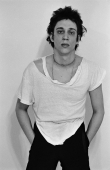

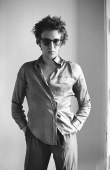
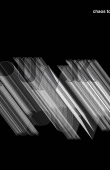
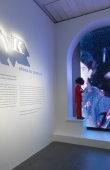
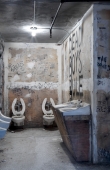

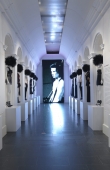
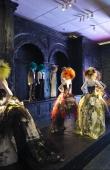
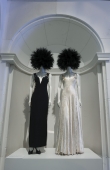
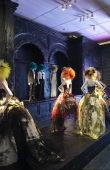
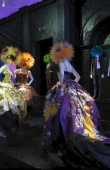

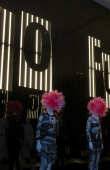
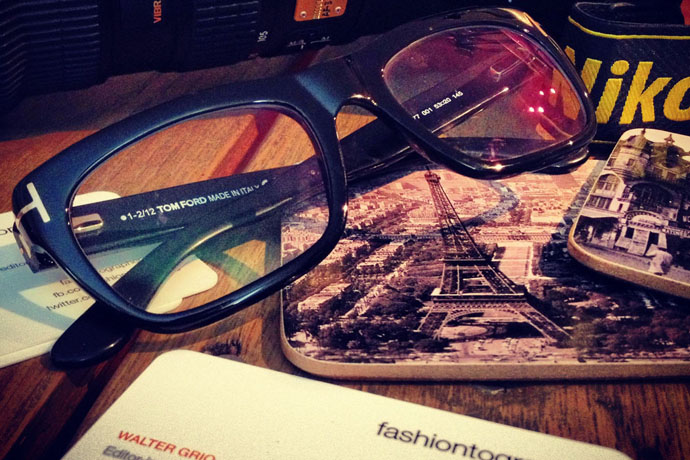
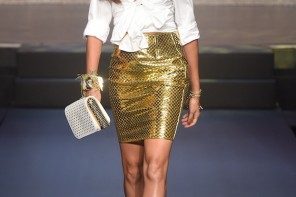
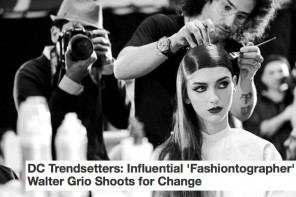
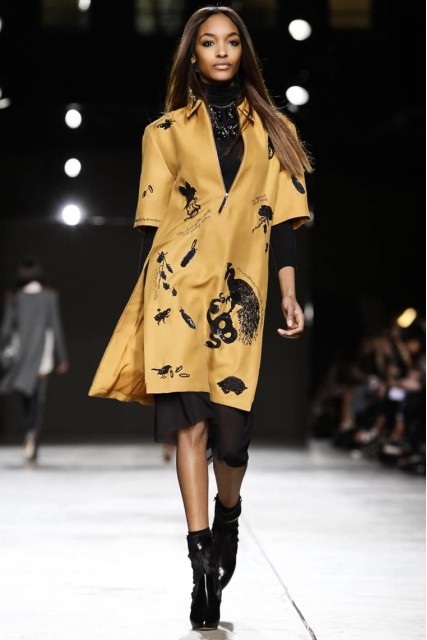
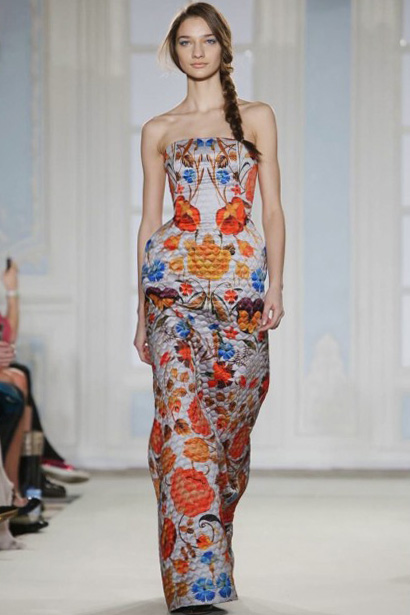
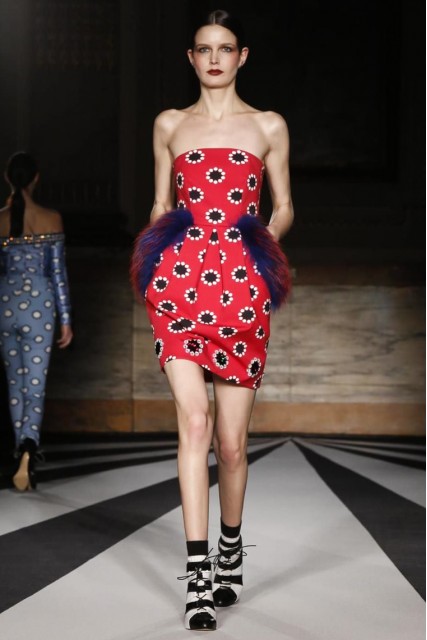
1